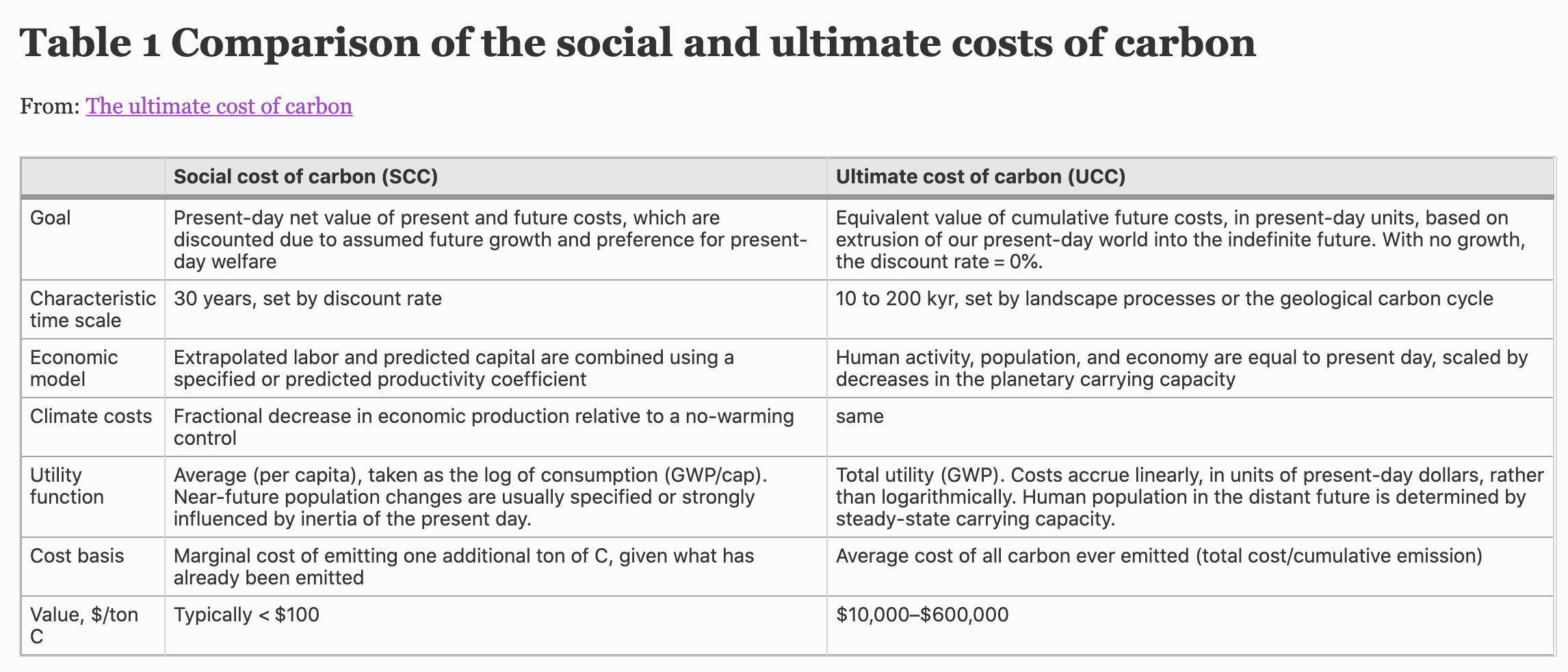I’m working on a project to help communities organize + shape their own local futures.
The purpose is supporting communities as they work to improve today and determine their long-term outcomes. It’s envisioned that all of this should be aligned with the long-term outcomes.
For example, if a community starts a renewable energy project, all of the stakeholders in that project — installers, service providers, architects, etc. — earn their compensation over time, as the project generates energy and saves money for the community. (More like ESCo models, than up-front payments)
This way, all stakeholders are aligned with the long-term outcomes — and doing their own work with those outcomes in mind. Giving us skin-in-the-game, minimizing the risk of cut corners or projects lacking integrity in implementation, and putting all of our efforts toward the futures we’re trying to build.
It strikes me that the most natural form for this endeavor could be a member cooperative. This cooperative could include individual participants, organizational partners + service providers, and even communities as a whole.
By giving everyone a shared stake in the outcomes, this could foster cooperation + collaboration over competition (e.g. service providers, who now have a mutual stake in each other’s success). This could also increase engagement and participation, which is an important part of the futures we’re trying to create.
This comes from thinking about where we want to be in the future — and working backwards from there, to determine the methods + processes that will help us reach those future points.
For example, the long-term cost of a single ton of carbon is likely $10,000 - $600,000, with an average of $100,000 per ton.

On average, individuals emit 4 tons of carbon per year.
So a community of 500 people, engaged in reshaping their lives + systems to eliminate emissions and make life better, would conservatively be worth $200,000,000 (500 people x 4 tons x $100,000) to all of our futures.
And in the United States, where the average person emits 16 tons of carbon per year, the value of a community of 500 people eliminating emissions would be more like $800,000,000 (500 people x 16 tons x $100,000) to all of our futures.
These figures can help us appreciate the tremendous value of communities participating locally and leading new local systems.
As an example of this in practice, community members could buy/earn shares in the cooperative — with their stake increasing based on the magnitude of their outcomes. Perhaps an individual member due would be $5/year. But if 5 people in your community are working on local projects, each of them would receive a complimentary member due (e.g. $50 for that community.). And if 20 people in your community are engaged, each of them get an even larger complimentary stake — perhaps $100/person/year ($2,000 for that community.). And if 500 people in your community get engaged, perhaps that’s a complimentary contribution of $1000/person/year (e.g. $500,000 for that community.)
Based on the futures we’re looking to create, what else do you think this could look like?
This is a completely open-ended exercise — forget all conventions and constraints.
What are the futures we’re looking for? And what kinds of methods, processes, and organizing forms/topologies, can help us reach those futures?
Would love to hear people’s thoughts, ideas, feedback, imaginings, and possibilities on this.